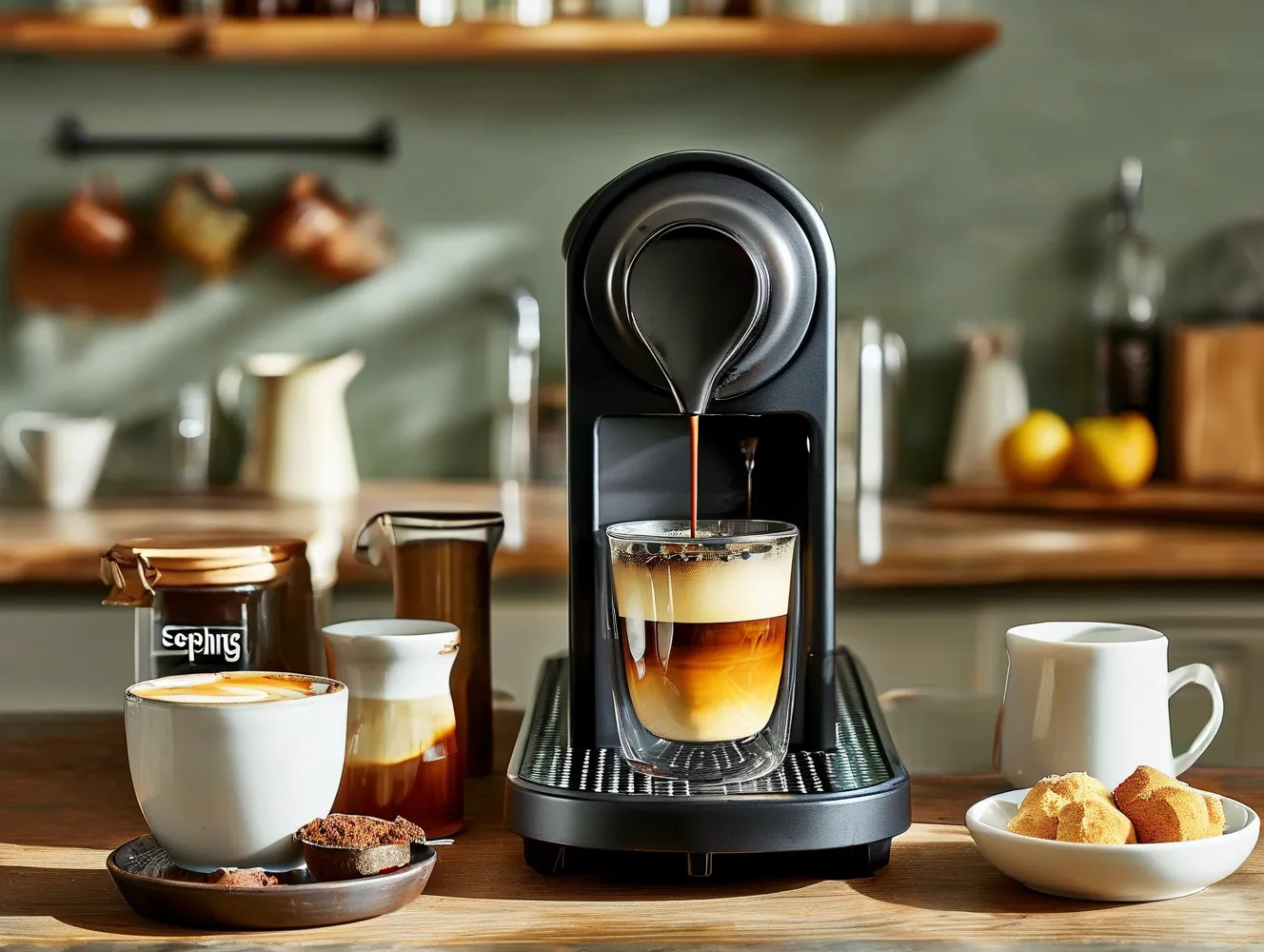Brewing barista-quality espresso at home doesn’t require years of training—not when you’re using Easy Serving ESE (Easy Serving Espresso) pods. These pre-portioned coffee capsules simplify the process, but even with their convenience, achieving that rich crema and balanced flavor demands attention to detail. Whether you’re a busy professional or a coffee enthusiast, these seven expert-backed strategies will help you master fast, flawless espresso every time.
1. Preheat Your Machine for Consistent Extraction
Temperature stability is critical for optimal extraction. Start by running a blank shot (without the pod) through your machine for 10–15 seconds to warm the brew head and portafilter. According to a 2022 study by the Specialty Coffee Association (SCA), inconsistent brewing temperatures can lead to under-extracted or bitter espresso. For ESE pods, aim for a brew temperature of 195–205°F (90–96°C), which most compatible machines automatically regulate.
2. Use Filtered Water to Enhance Flavor Clarity
The quality of water directly impacts taste. Hard water leaves mineral deposits that affect machine performance, while soft water may lack essential ions for extraction. The SCA recommends water with a total hardness of 50–100 ppm for espresso brewing. Install a water filter or use bottled spring water to avoid off-flavors and extend your machine’s lifespan.
3. Position the Pod Correctly in the Portafilter
Misaligned pods cause uneven extraction—a common pitfall for beginners. Place the ESE pod flat in the center of the portafilter basket, ensuring no folds or gaps around the edges. Lightly tamp it with your fingers (no need for excessive pressure) to secure its position. As James Hoffmann, World Barista Champion, notes: “Even distribution is non-negotiable for balanced espresso, even with pre-dosed pods.”
4. Adjust Grind Size and Tamping Pressure (If Customizing)
While ESE pods are pre-ground, some machines allow customization with refillable baskets. If experimenting with your own coffee, pair a fine grind (similar to table salt) with 15–20 lbs of tamping pressure. Over-tamping restricts water flow, leading to over-extraction, while under-tamping creates weak shots. Stick to ESE pods’ standardized 7-gram dose for foolproof consistency.
5. Clean Your Machine Weekly to Prevent Residue Buildup
Old coffee oils and mineral deposits alter flavor and reduce heating efficiency. Backflush your machine weekly with water and a descaling solution approved by the manufacturer. A clean system ensures faster heat-up times and preserves the delicate flavor notes of ESE pods, such as caramel or citrus undertones in medium-roast blends.
6. Test Compatibility with Your Espresso Machine
Not all ESE pods work seamlessly with every machine. Check your device’s manual for compatibility—most brands like Illy, Lavazza, and Pellini design pods to fit universal 44mm baskets. If experiencing leaks or low pressure, try switching to pods with thicker paper filters or consult your machine’s customer support for recommendations.
7. Time Your Shots for Precision Brewing
Even with pods, shot timing matters. A standard single espresso should extract 25–30ml in 20–30 seconds. Use a scale or volumetric settings if your machine supports them. If shots run too fast (under-extracted), switch to a darker roast pod; if too slow (over-extracted), opt for lighter roasts or check for clogged brew heads.
Final Tip: Track Your Preferences
Keep a brewing journal to note variables like pod brands, extraction times, and flavor outcomes. For example, Pellini Top ESE pods are praised for their intense chocolate notes, while Lavazza Blue delivers a smoother, nuttier profile. Small adjustments compound into significant improvements over time.
By combining these techniques with high-quality ESE pods, you’ll streamline your routine without sacrificing quality—proving that speed and excellence can coexist in every cup.

Leave a Reply